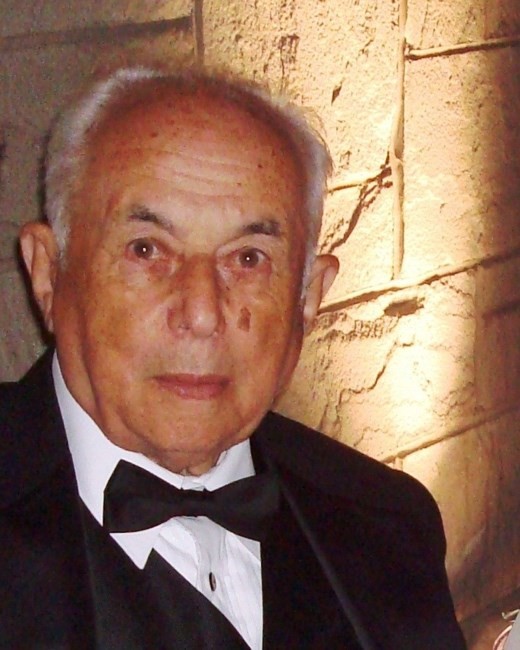Semyon Papirov was born in 1923 in Nova Pryluka, 20 kilometers northeast of Vinnytsia, Ukraine, as Shepa Papirov (he was named after his grandfather). However, official wartime Soviet documents gave his name as "Semyon Papirov". Before the Revolution and under the New Economic Policy (NEP) of the 1920s, his father traded in leather; after 1928, he worked in the state trade. On June 20, 1941, two days before the German invasion of the USSR, Shepa finished high school. Following the outbreak of the Soviet-German War, he, as a youth brought up in a patriotic spirit, deemed it his duty to defend the motherland. On July 6, he was called up for preconscription military training (doprizyvnik, "pre-conscript"), and, alongside thousands of other young men from Vinnytsia and the vicinity, he had to walk eastward. Papirov noted that many Ukrainian boys escaped from the column of conscripts, probably returning to their villages. The rest, including him, arrived in eastern Ukraine, where, over the following 1.5-2 months, they were employed in agricultural labor. Only afterward did Papirov enlist in the Red Army. As a soldier, he arrived to Tomsk, Western Siberia – where, at first, he was once again required to do various non-military jobs. Only a month later was he sent to an artillery school in Tomsk.
Papirov finished the military school in spring 1942, and in April that year, holding the rank of second lieutenant and serving as commander of a platoon, he arrived at the Bryansk Front (western Russia). There, Semyon, who had been brought up in the internationalist spirit, was pained to hear numerous jokes about Jewish cowardice. He then realized that he had to be a brave soldier. He would later recall that, during the enemy shelling, he was the last to hide in a shelter.1
In September 1942, during the Red Army retreat at the Don River, Papirov’s division was surrounded, and he himself was taken prisoner by the Germans. Semyon Papirov – or Semyon Ponomaryov, as he was registered in the camps – spent more than two and a half years (September 1942 until May 1945) in German captivity – first in various POW labor camps in Ukraine and Belorussia, and then, at the end of the war, in the Chełm camp in Poland and in the Austrian Mauthausen and Ebensee. Early in his captivity, while doing manual labor, Papirov heard a fellow POW say: “Jew-boy [zhidok], give me the log”; he was scared, and realized that he had to disguise himself as a “Goy”. He shaved his head to hide his curly hair and tried to do all the physically demanding work on par with the non-Jews, since the latter believed that Jews were weak and poor laborers. Another factor that enabled his survival was the frequent changes of workplaces and labor camps. In mid-1943, Papirov and some of his comrades escaped from a POW camp, but in January 1944 they were recaptured by the Germans and sent to Chełm, and then to Mauthausen.
Papirov was shocked to hear a Russian inmate in one of the camps tell antisemitic jokes to the other POWs. A short while later, the Germans discovered that this very inmate was a Jew, and that those jokes had been his way of passing himself off as a “Goy”. The Germans shot him. Papirov took notice, and afterward he never told “Jewish jokes”, and tried not to listen to them.
On May 6, 1945, the Americans liberated Mauthausen and Ebensee. Semyon Papirov was freed. Several weeks later, the Americans handed him over to the Soviets. Soviet transit camps in Austria and Hungary followed. However, unlike many others, he was not sent to a Gulag camp, but was actually rehabilitated as an officer in the Red Army, and even awarded the medal “For the Victory over Germany in the Great Patriotic War.” On the eve of the New Year 1946, Papirov was released from army service.
After the war, Semyon Papirov worked as a dentist. In 1992, he and his family immigrated to the USA and lived in Cleveland, OH. He died in 2012.
- 1. [YVA O.33/9840]







